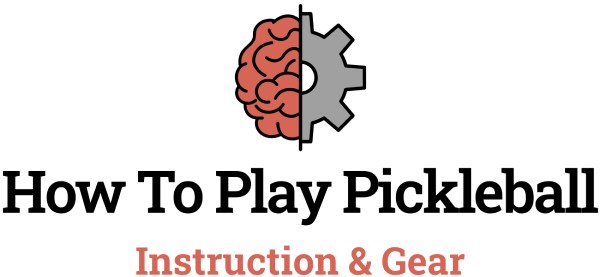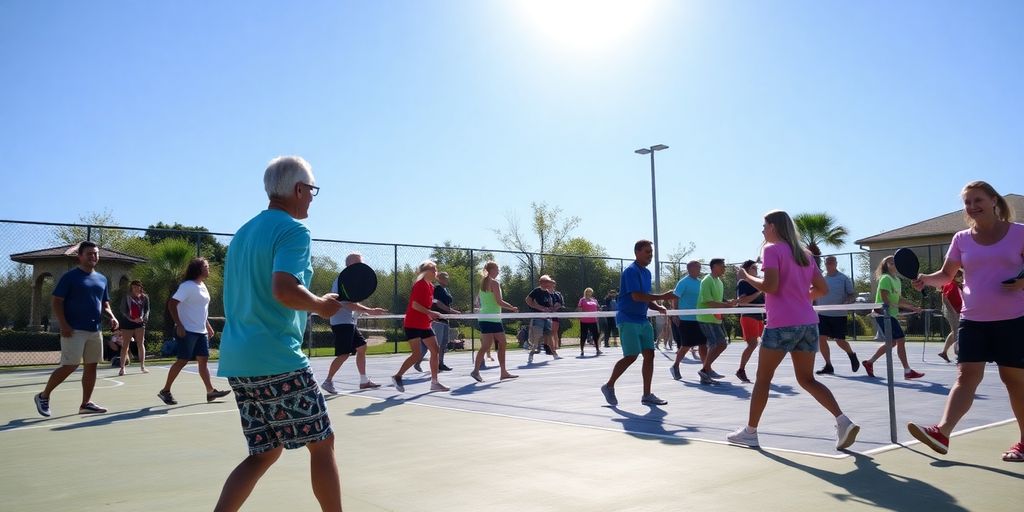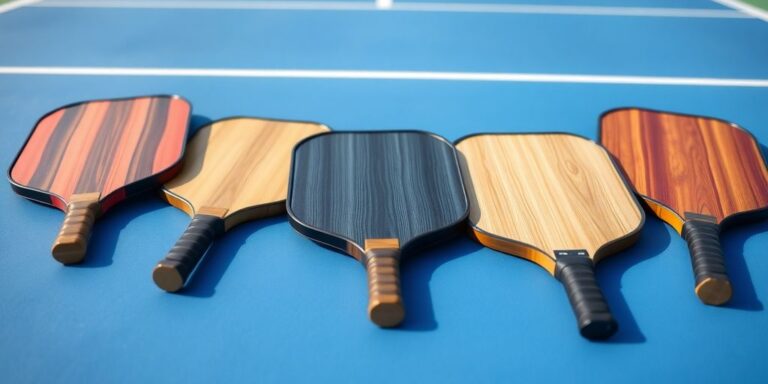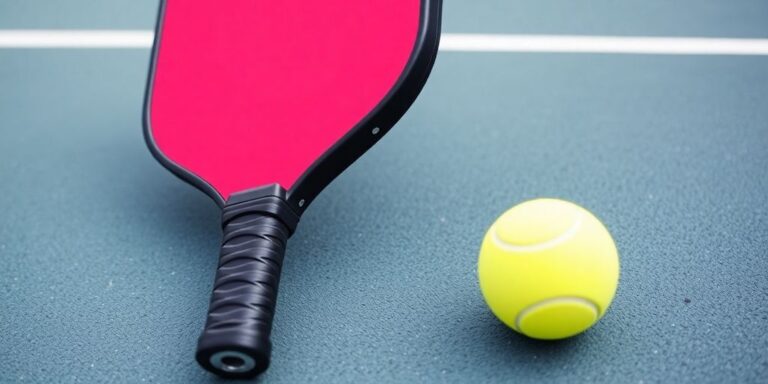Pickleball is becoming all the rage these days. It’s not just a game for retirees looking for something to do; it’s a sport that’s catching on with people of all ages. You see, pickleball is easy to learn and fun to play, whether you’re a kid or a grandparent. It mixes elements from tennis, badminton, and ping-pong, which makes it familiar yet unique. This article dives into how pickleball came to be and why it’s so popular now. We’ll also look at the competitive side of things and what the future holds for this growing sport. If you’re curious about why everyone’s talking about pickleball, keep reading.
Key Takeaways
- Pickleball blends tennis, badminton, and ping-pong, making it easy to pick up for all ages.
- The sport has grown rapidly and is now played worldwide, appealing to both casual and competitive players.
- Pickleball is accessible and affordable, with minimal equipment needed to start playing.
- The game promotes social interaction and community, often played in doubles for teamwork.
- There’s a bright future for pickleball with technological advancements and expanding markets.
The Origins and Evolution of Pickleball
From Backyard Game to Global Sport
Pickleball’s story is as charming as it is fascinating. It all began in the summer of 1965 on Bainbridge Island, Washington. Joel Pritchard, a congressman, along with his friends Bill Bell and Barney McCallum, stumbled upon the idea while trying to find a way to entertain their families. With a badminton court but no equipment, they improvised using ping-pong paddles and a perforated plastic ball. This simple backyard game quickly caught on, transforming into a beloved pastime. As the years rolled on, what started as a family-friendly activity evolved into a global sport, captivating players worldwide.
Key Milestones in Pickleball’s History
- 1965: Birth of Pickleball on Bainbridge Island.
- 1972: The first permanent court was built in the backyard of a friend of Pritchard, marking a shift towards more formal play.
- 1975: National awareness grew after an article in "The National Observer."
- 1976: The first known pickleball tournament was held, setting the stage for competitive play.
- 1984: Formation of the USA Pickleball Association (USAPA) to standardize rules and promote the sport.
These milestones highlight pickleball’s transition from a casual game to a structured sport, with the USAPA playing a key role in its development.
The Curious Name of Pickleball
The name "pickleball" has sparked curiosity and debate. One popular tale suggests it was named after Pritchard’s dog, Pickles, who would chase the ball during games. Another theory links it to "pickle boat," a term from rowing describing a crew made up of leftovers from other boats, much like how pickleball combines elements from tennis, badminton, and ping-pong. Both stories capture the playful and informal spirit of the game’s origins, though the true story remains a delightful mystery. The name’s origin continues to be a charming part of pickleball’s history.
Understanding the Appeal of Pickleball
Accessibility and Low Barrier to Entry
Pickleball is a sport that anyone can jump into without much hassle. You don’t need a fancy court or expensive gear to get started. It’s played on surfaces as simple as driveways or gym floors. Plus, the equipment, like paddles and balls, won’t break the bank. This makes it super easy for newcomers to give it a try without feeling overwhelmed.
Appeal to Different Age Groups
What’s really cool about pickleball is how it brings together people of all ages. Older folks love it because it’s not as rough on the body as tennis, thanks to its smaller courts and slower pace. Meanwhile, younger players enjoy the fast rallies and competitive spirit. It’s like a sport that bridges the generation gap, letting grandparents and grandkids share the court and have a blast together.
Social Aspects and Community Building
The social vibe of pickleball is another huge draw. Most games are played in doubles, which means teamwork and plenty of laughs. This sport has a knack for bringing people together, leading to the creation of local clubs and leagues. It’s not just about the game; it’s about meeting folks, making friends, and being part of a community. Whether you’re in Toledo or anywhere else, pickleball’s community spirit is infectious.
The Competitive Landscape of Pickleball

Rise of Professional Pickleball
Pickleball has gone from a casual backyard game to a serious competitive sport. Professional pickleball is booming, with more tournaments popping up and prize money increasing. These events attract top players from around the world, showcasing their skills and raising the sport’s profile. The establishment of professional leagues has been crucial, drawing in talent and making pickleball a recognized sport on the global stage.
Major Tournaments and Championships
There are several key tournaments that have become highlights of the pickleball calendar. Events like the US Open Pickleball Championships and the National Pickleball Tournament draw large crowds and offer substantial prizes. These tournaments are not just about the competition; they also serve as social gatherings for the pickleball community, where players and fans can connect and celebrate the sport.
Role of the USAPA in Competitive Play
The United States of America Pickleball Association (USAPA) has played a pivotal role in shaping competitive pickleball. By formalizing rules and organizing events, USAPA has provided a structure that supports the sport’s growth. Their efforts have been instrumental in promoting pickleball’s competitive side, ensuring that players of all levels have opportunities to compete and improve their skills.
Pickleball’s competitive scene is a testament to the sport’s rapid growth and the passion of its community. As more players join the ranks, the future of competitive pickleball looks incredibly promising.
Pickleball’s Impact on Health and Fitness
Physical Benefits for All Ages
Pickleball is a game-changer when it comes to fitness, especially for older adults. It’s a low-impact alternative that’s gentle on the joints, making it perfect for those who want to stay active without the risk of high-impact sports. Regular play can improve cardiovascular health, increase muscle strength, and boost agility. You’re not just burning calories; you’re enhancing your overall physical health. It’s like getting a full-body workout while having fun.
Mental Health and Social Interaction
Beyond the physical, pickleball is a fantastic way to boost mental health. The sport provides a healthy social outlet, offering players a chance to meet new people and form connections. Engaging in regular play can lessen feelings of depression and anxiety, thanks to the camaraderie and community spirit it fosters.
- Encourages teamwork and communication.
- Reduces stress levels through physical activity.
- Creates a sense of belonging and community.
Pickleball isn’t just a sport; it’s a lifestyle that brings people together, creating a supportive and inclusive environment.
Adaptability for Diverse Abilities
The beauty of pickleball lies in its adaptability. The game can be modified to suit players of all abilities, making it inclusive for everyone. Whether you’re playing indoors or outdoors, the rules and court dimensions can be adjusted to accommodate different needs. This flexibility has made pickleball a staple in schools, community centers, and even rehabilitation facilities, broadening its reach and appeal.
The Future of Pickleball
Technological Innovations in Equipment
Pickleball is not just a game; it’s a rapidly evolving sport, and technology is playing a big role in its growth. Innovations in paddle technology and court surfaces are enhancing player experience, making the game more exciting and accessible. New materials like carbon fiber and advanced polymers are being used to create lighter and more durable paddles, allowing for better control and power. These advancements are making the sport even more appealing to both new players and seasoned pros.
Expansion into New Markets
Pickleball is expanding beyond North America, with a growing presence in Europe, Asia, and Australia. This global expansion is fueled by its accessibility and minimal equipment needs. Countries are starting to recognize pickleball as a viable sport for all ages, leading to increased investments in facilities and training programs. According to recent projections, North America is poised to dominate the pickleball market, generating significant revenue by 2024.
Sustainability and Environmental Impact
As with any growing sport, there are concerns about its environmental impact. The future of pickleball includes a focus on sustainability, with companies developing eco-friendly equipment and facilities. This includes using recycled materials in paddle production and creating courts that minimize environmental disruption. By prioritizing sustainability, pickleball can continue to grow without compromising the planet’s health.
The future of pickleball looks bright, with technology, global expansion, and sustainability efforts paving the way for continued growth. As more people discover the joy of the game, its impact on communities and the environment will become increasingly significant.
Pickleball in Popular Culture

Pickleball has become a darling of the media, with coverage that has catapulted it into the limelight. A notable moment came in 2013 when NBC News featured the sport, drawing national attention. Celebrities have also jumped on the pickleball bandwagon, adding to its allure. Stars like Ellen DeGeneres and Leonardo DiCaprio have been spotted playing, further boosting its profile. This celebrity involvement not only attracts fans but also lends a sense of glamour to the sport, making it even more appealing to the general public.
Pickleball in Schools and Communities
Schools and community centers have embraced pickleball with open arms. It’s not just about fun; the sport is a great way to teach kids teamwork and coordination. Many schools have incorporated it into their physical education programs, recognizing its benefits in promoting physical activity among students. Community centers are also on board, offering classes and leagues, which makes it easy for everyone to get involved. This widespread adoption in educational and local settings ensures that pickleball is accessible to all, fostering a sense of community and inclusion.
The Sport’s Role in Social Media Trends
Social media has been a powerhouse in driving pickleball’s popularity. Platforms like Instagram and TikTok are filled with clips of thrilling rallies and trick shots, capturing the imagination of a younger audience. Online communities thrive, with players sharing tips and organizing local events. The sport’s presence on social media not only keeps current players engaged but also draws in new enthusiasts. With every post and video, pickleball cements its place as a sport that’s not just played on the courts but also celebrated online.
Pickleball has become a fun part of our culture, showing up in movies, TV shows, and even social media. It’s not just a game; it’s a way for people to connect and have a good time. If you want to learn more about how pickleball is making waves and to get the best tips and tricks, visit our website today!
Conclusion
So, there you have it. Pickleball’s rise isn’t just a fluke; it’s a mix of being easy to learn, fun to play, and open to everyone. From its humble start as a backyard game to becoming a sport that people of all ages enjoy, pickleball has truly made its mark. It’s not just about the game itself but the community and friendships it builds. Whether you’re young or old, a newbie or a seasoned player, pickleball offers something for everyone. And as more folks pick up a paddle and join in, it’s clear that pickleball is here to stay. Who would’ve thought a game with such a quirky name could bring so many people together? But that’s the beauty of it. Pickleball is more than just a sport; it’s a movement that’s sweeping across the globe, one court at a time.
Frequently Asked Questions
What is pickleball?
Pickleball is a fun paddle sport that mixes elements of tennis, badminton, and ping-pong. It’s played on a smaller court with a net, using a paddle and a plastic ball with holes.
How did pickleball get its name?
The name ‘pickleball’ comes from two stories. Some say it was named after a dog named Pickles, who liked to chase the ball. Others believe it’s named after a ‘pickle boat,’ which is a term in rowing.
Why is pickleball so popular?
Pickleball is popular because it’s easy to learn, fun for all ages, and doesn’t need expensive equipment. You can play it almost anywhere, and it brings people together.
Do I need special equipment to play pickleball?
To play pickleball, you need a paddle, a pickleball (which is a lightweight ball with holes), and a net. Many places have courts set up, so you might not need your own net.
Can kids play pickleball?
Yes, kids can play pickleball! It’s easy to learn and fun for the whole family. Just make sure they have the right-sized paddle and know the basic rules.
Where can I play pickleball?
You can play pickleball at local parks, community centers, or gyms. Some schools also have pickleball courts. It’s becoming more common, so check your nearby sports facilities.




